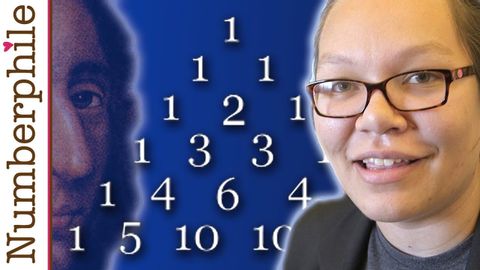パスカルの三角形 - Numberphile (Pascal's Triangle - Numberphile)
林宜悉 が 2021 年 01 月 14 日 に投稿  この条件に一致する単語はありません
この条件に一致する単語はありません- n. (c./u.)集まり;仲間
- v.t.まとまる
- v.t./i.束ねられる
- n. (c./u.)模範 : 見本;模様 : 柄;様式;規則性;型紙
- v.t.模倣する;模様をつける
US /ɪˈmædʒɪn/
・
UK /ɪ'mædʒɪn/
US /ɪkˈsplɔr/
・
UK /ɪk'splɔ:(r)/
エネルギーを使用
すべての単語を解除
発音・解説・フィルター機能を解除

